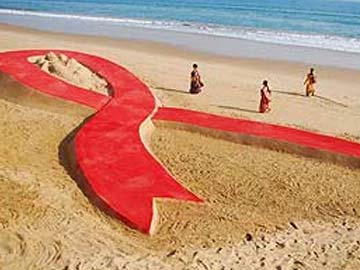
The U.N. Children’s Fund says it is alarmed about increasing HIV and AIDS rates among adolescents over the last seven years and is advocating an aggressive program that includes condom distribution and antiretroviral treatment.
In a more positive development, UNICEF found that mother-to-child transmission of the HIV virus has been dramatically reduced and estimated that some 850,000 cases were prevented in low- and middle-income countries.
Its 2013 Stocktaking Report on Children and AIDS released Friday said AIDS-related deaths among those aged 10 to 19 increased between 2005 and 2012 from 71,000 to 110,000. About 2.1 million adolescents were living with HIV in 2012.
Nearly 90 percent of children newly infected with HIV live in just 22 countries. All except one are in sub-Saharan Africa.
“If high-impact interventions are scaled up using an integrated approach, we can halve the number of new infections among adolescents by 2020,” said UNICEF Executive Director Anthony Lake. “It’s a matter of reaching the most vulnerable adolescents with effective programs – urgently.”
High-impact interventions include condoms, antiretroviral treatment, prevention of mother-to-child transmission, voluntary medical male circumcision, communications for behavior change and targeted approaches for at-risk and marginalized populations.
UNICEF found dramatic improvement in prevention of new HIV infections among infants. Some 260,000 children were newly infected with HIV in 2012, compared to 540,000 in 2005.
New, simplified life-long antiretroviral treatment known as Option B+ provides the opportunity to effectively treat women with HIV and to prevent the transmission of the virus to their babies during pregnancy, delivery, and through breastfeeding.
The treatment involves a daily one-pill regimen.
Some of the most remarkable successes were in sub-Saharan Africa. New infections among infants declined between 2009 and 2012 by 76 percent in Ghana, 58 percent in Namibia, 55 percent in Zimbabwe, 52 percent in Malawi and Botswana and 50 percent in Zambia and Ethiopia.
UNICEF said that globally, the number of AIDS-related deaths overall fell by 30 percent between 2005 and 2012
Source: Deccan Chronicle



